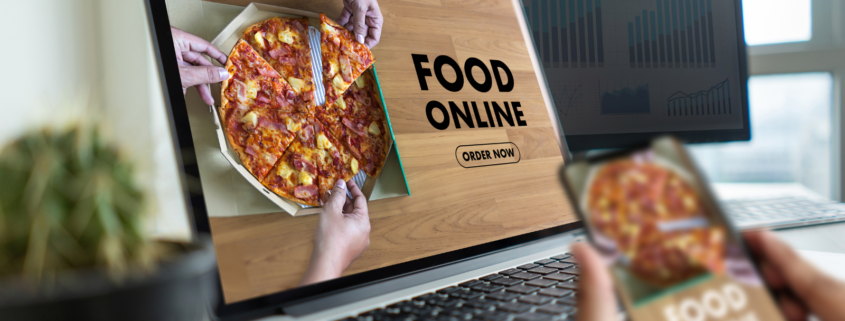How Online Food Businesses Can Enhance Digital Customer Experience Post-COVID-19
‘Due to the ongoing COVID-19 pandemic, rates of online grocery and takeout orders have doubled as many parts of the world have suspended or reduced movement to curb the spread of the virus.’ BARE shares an article by Cagla Ertugrul for MarketingTech on online food businesses post pandemic.
‘Given the current state of the world, now seems like a good time to start an online food business. At the same time, such a business isn’t guaranteed to succeed just because of the pandemic but is dependent on other factors, one of which is the digital customer experience.
The digital customer experience
In the past, the customer experience was limited mostly to brick and mortar stores and businesses went the extra mile to make sure that stores were well-decorated, easy to navigate, and overall pleasant for customers to encourage sales.
Now that consumers are overwhelmingly turning to the internet for their shopping needs, UI, UX, and web design are more important than ever before. If you are running an online food business, every aspect of your website and overall online presence must be curated to encourage customers to make regular purchases. This is especially true considering there are more entrants into the online food business due to the pandemic.
Creating the best experience for your customers
What goes into creating a digital customer experience for an online food business that is effective? First, the experience itself must be on that removes all barriers to entry. In the digital age, customers have less patience and a shorter attention span and as such, do not want to take too many steps to make a purchase.
On your website, for example, signing up for an account should not take more than a few steps. Additionally, adding items to a customer’s cart and checking out should be done in three steps or less. Anything more and the customer might get discouraged and abandon the cart.
Because the items your business will be selling are to be consumed, sensitive information such as allergy information, nutritional information, and so on should be very easily available. In the same vein, customer service, whether it be chatbots, email addresses, or contact forms should be easily reachable to foster a sense of trust within the customer. All these work towards ensuring a successful sale. Prices and sizes of food items being sold must be readily available and easy to find on each product page.
eCommerce best practices
Online food businesses should also adhere to the eCommerce rule of trying to upsell as much as possible. When a customer is making a purchase, suggestions should either pop up or appear on the checkout page for similar items that they may add to their order. This upsell method helps to increase revenue per customer.
For repeat customers, a loyalty system of sorts should be created that encourages customers to make repeat purchases. For example, many major food chains offer a points-based system in which customers receive a point for every X amount of money spent and these points can be added over time and used to redeem a reward in the end.
If your business offers deliveries as part of its service options, then it is imperative that you offer delivery tracking options on your platform to allow customers to follow up on the status of their orders. If your business uses third-party delivery options, then those should be linked as well.
Overall, the changing landscape of the food business means that the customer’s digital experience must be as seamless as possible. Should a business survive the competitive world of online food businesses, its customer experience needs to be easy-to-use and geared towards convenience.’
Read the original article in full here.
For more information on how we can help you set up a mystery shopping program, send us a note here. We, at BARE, believe in the ‘why’ behind the reasons, and we will provide actionable insights to help you provide the best experience for your customers.











